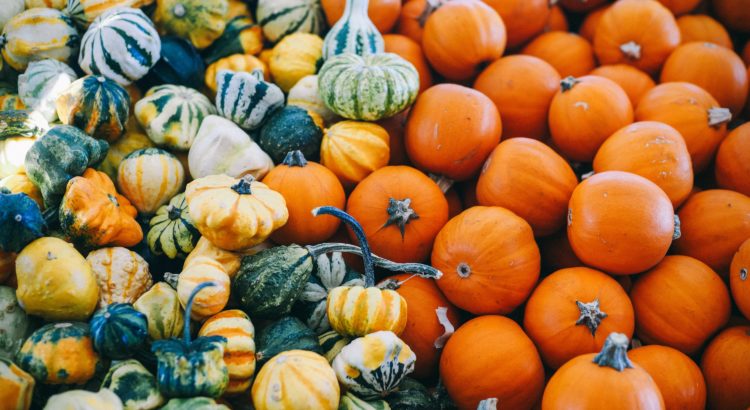It’s that time of year again! Leaves are changing, pumpkin spice is running rampant through the town, and the weather starts to cool down. The summer is coming to an end, and the season transitions into fall. As the seasons change, we swap out clothes to accommodate the chilly weather. Different foods are being harvested this time of the year, and it’s harder to come by things like berries and melons. If we plant different foods and know the weather is changing, why aren’t we adjusting our diet as well?
Eating with the seasons is ideal for our bodies to adapt to the colder weather. Consuming foods that are harvested during their peak seasons means these foods are at their nutritious best. Eating foods harvested in the fall will also save you some money and keep your diet interesting. Prior to modern day agriculture techniques and new technology, our ancestors relied on eating only what grows during that season. Let’s try to tap back into our ancestral roots, and check out our list of fall foods to keep your transition into the new season smooth!
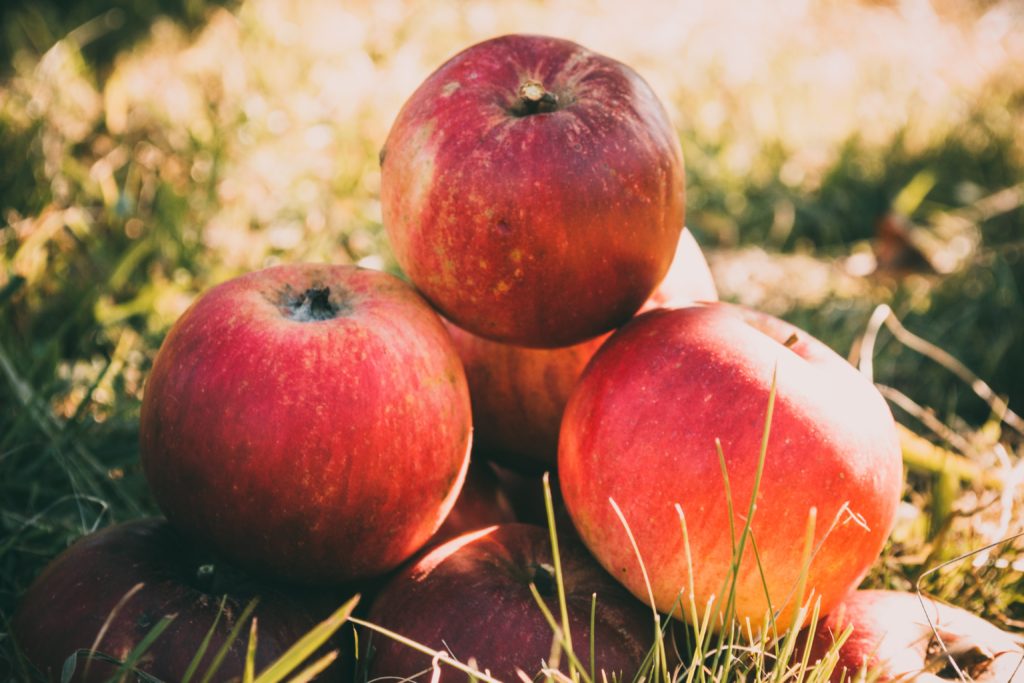
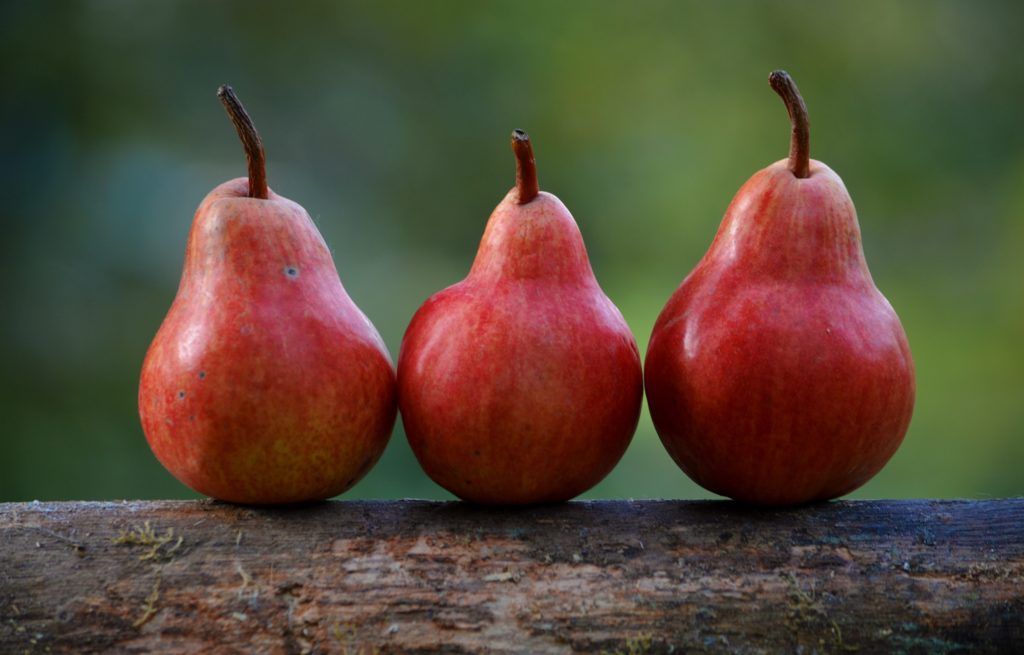
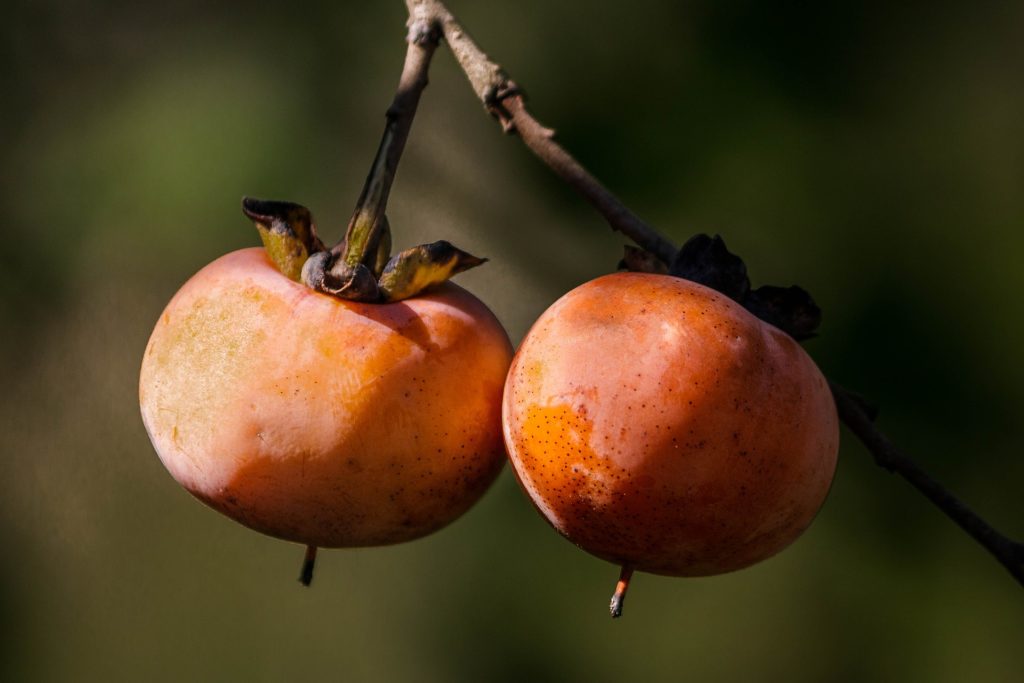 Apples Pears & Persimmons
Apples Pears & Persimmons
Many of us know apples are the second runner up to pumpkin in the fall season. You’ll start to see fresh apple cider on the shelves in local marts. Pears and persimmons are similar fruits that start to appear a bit fresher this time of year. Many of us know the taste of pears, but a persimmon is a sweet fruit, that is pleasantly complemented by cinnamon and other spices. Throw all three fruits into a baking dish, add oats, cinnamon and a dash of oil, and you have an easy to bake breakfast full of Vitamin C. All three fruits are wonderful sources of Vitamin C which will help boost the immune system all the way into the winter months protecting your body from a seasonal cold.
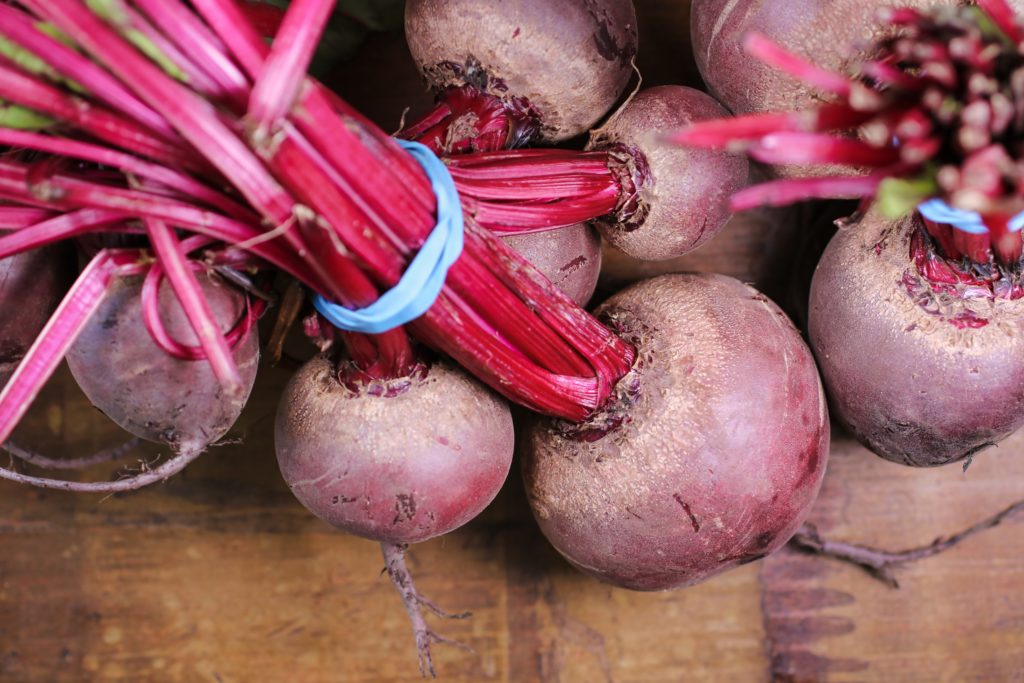
Beets
Beets are a classic root vegetable that can be found often throughout the year. They may not be the most popular, however if you do like a good beet, now is the time to buy them! Beets are in great quality this time of year, and make for great additions to perk up your salad or humus. Beets are excellent sources of folate, which is extremely important in the health of women who are seeking to become pregnant or are currently.
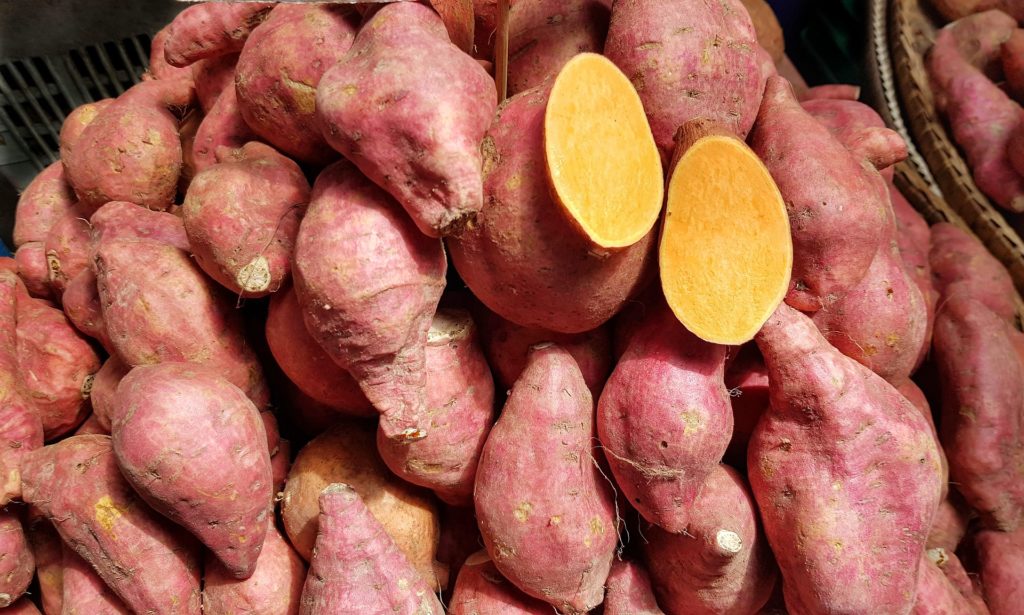
Sweet Potatoes
We all enjoy a good sweet potato pie at Thanksgiving, but don’t wait until then to add this vegetable to a meal! Sweet potatoes are great replacements for white potatoes, offering a larger variety of nutrients. They are rich in beta-carotene and Vitamin A, powerful nutrients that are important in eye and skin health. Sweet potatoes, yes make a tasty pie, but try incorporating them into other dishes. Keep it simple add a pinch of cinnamon and nutmeg, a bit of pecans, and bake it!
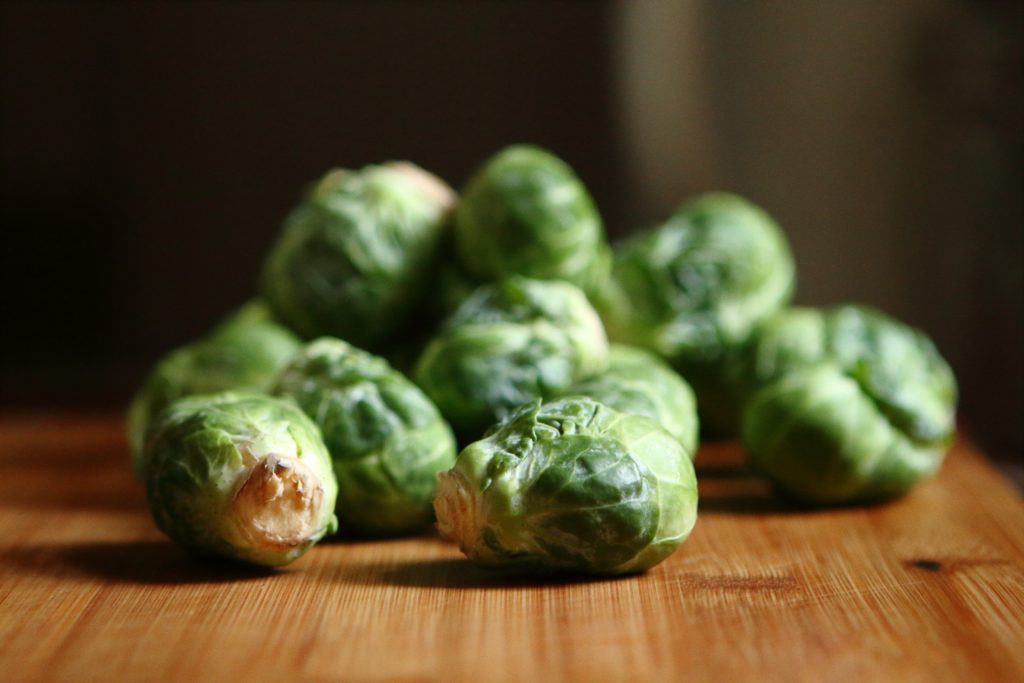
Brussels
Brussel sprouts are popping this time of year. They are great additions to any protein, or make them a main in an entree dish. Brussel sprouts are a user friendly vegetable, and are extremely easy to cook. Combine brussels with a dash of balsamic vinegar, honey, olive oil, salt and pepper; mix and bake. Truly that simple to make this veggie a new fall addition to your kitchen. Brussel sprouts are packed with vitamins C and K; making it a super vegetable solid for immune, blood and bone health!
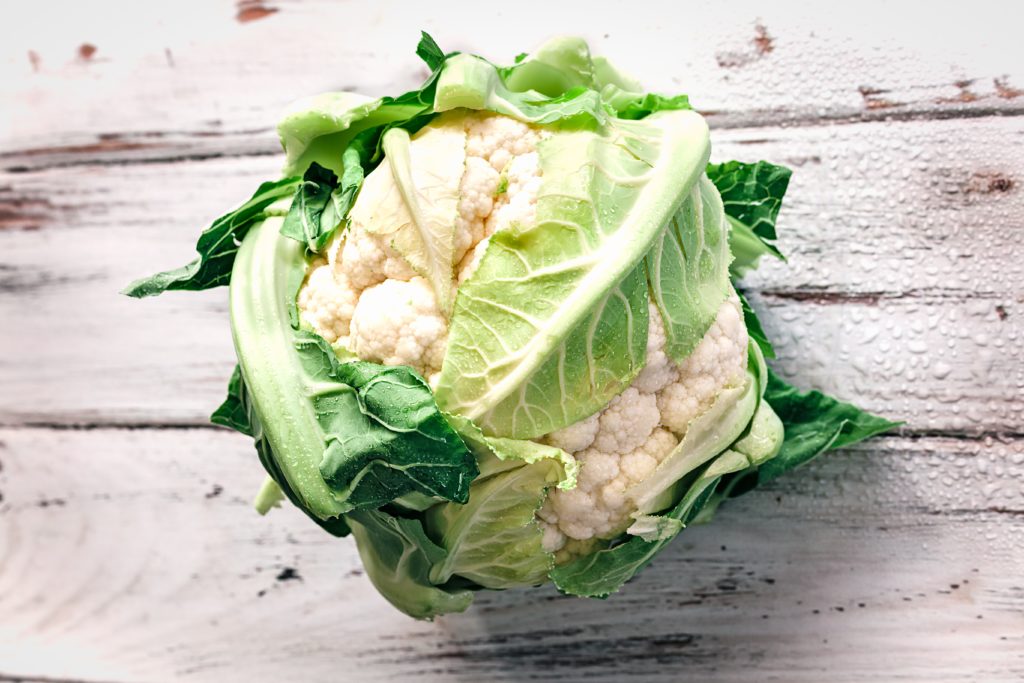
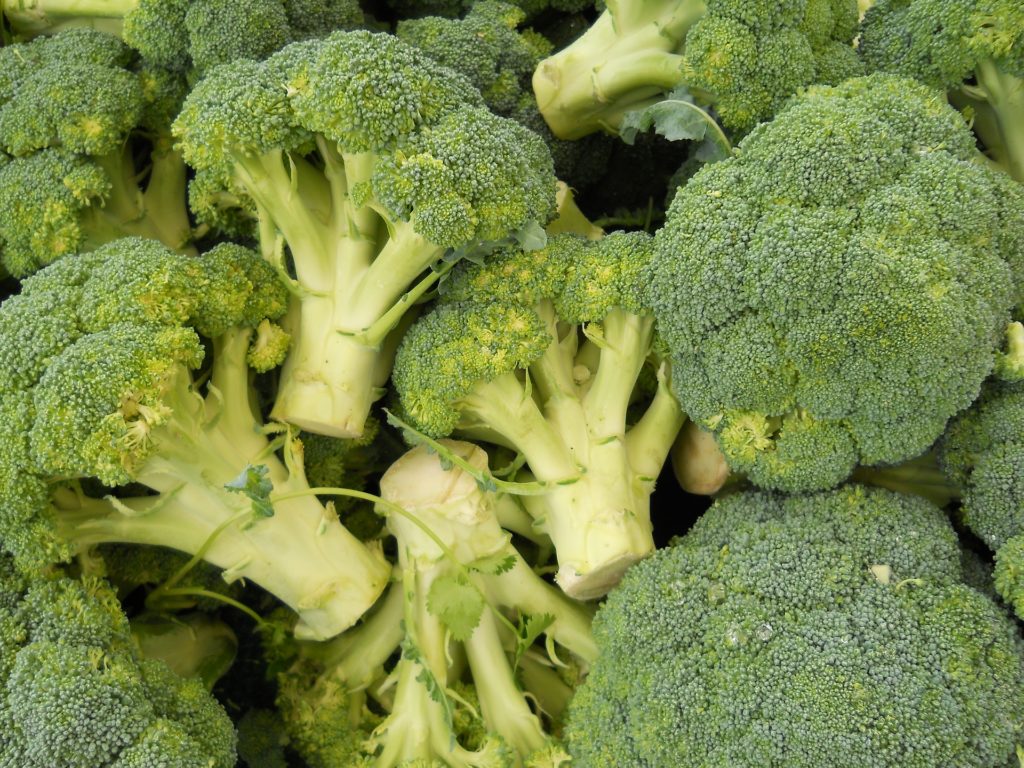
Broccoli & Cauliflower
Bake them, eat them raw as a snack, make them into a soup or rice, whatever you’re style is, broccoli and cauliflower are game changing vegetables. These are incredibly versatile veggies that you probably hated when you were a kid, but now is a great time to start having them as fall staples in your kitchen. Both broccoli and cauliflower can be found in the grocery store year round, but now is the time of year where they do best, and are their richest in nutrient content. They are both great sources of vitamin C and K, as well. Try making a warm, immune boosting soup to keep you going into the colder months!
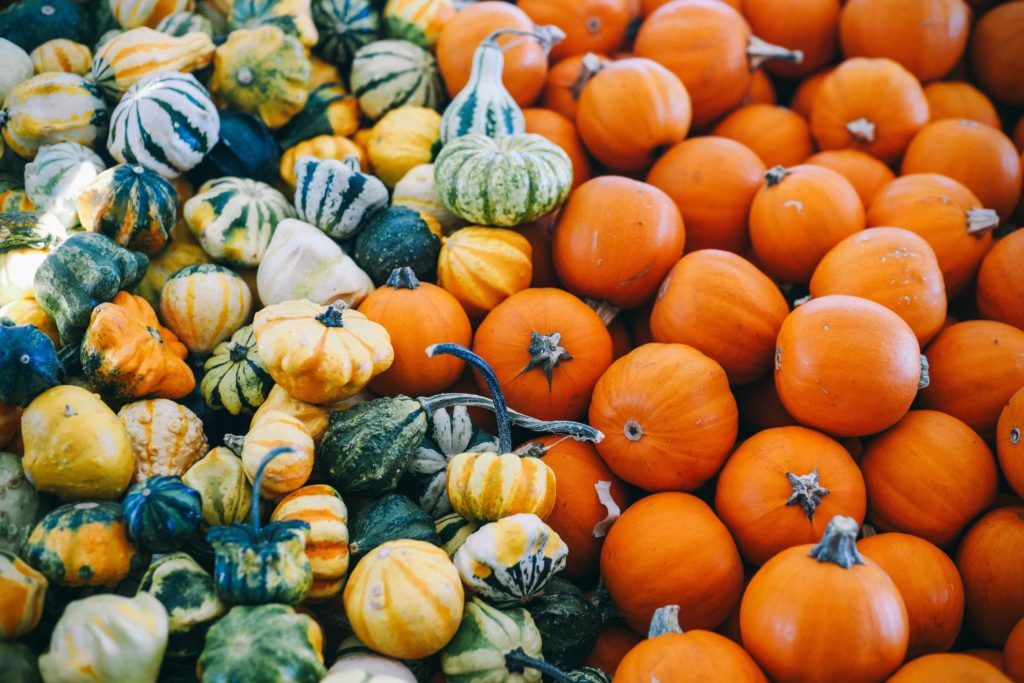
Pumpkin & Squash
We saved, arguably, the best for last. It’s pumpkin and squash season! Okay, okay squashes have summer varieties as well, but as we move into the fall in winter months specific varieties are in their peak form: butternut squash, acorn squash, spaghetti squash, winter squash. Pumpkins make for a great flavored… everything, but did you know they and squash are both rich in beta carotene? That’s what gives that yellow, orange color we love so much. Pumpkin and squash, like sweet potatoes are great sources of vitamin A. Try incorporating them into your diet as tummy-warming soup!
